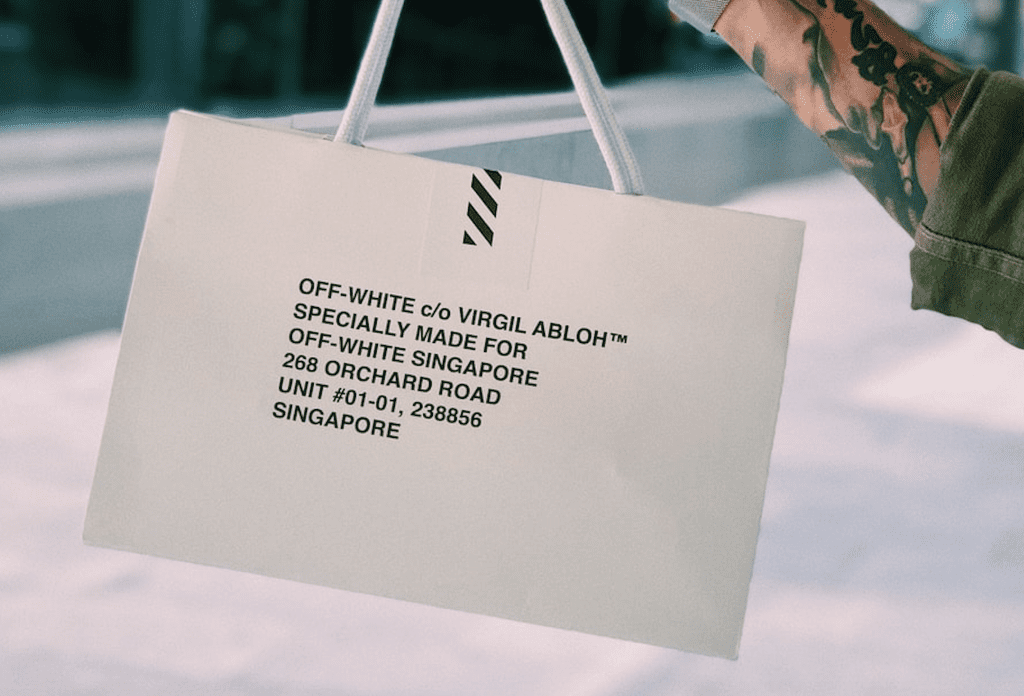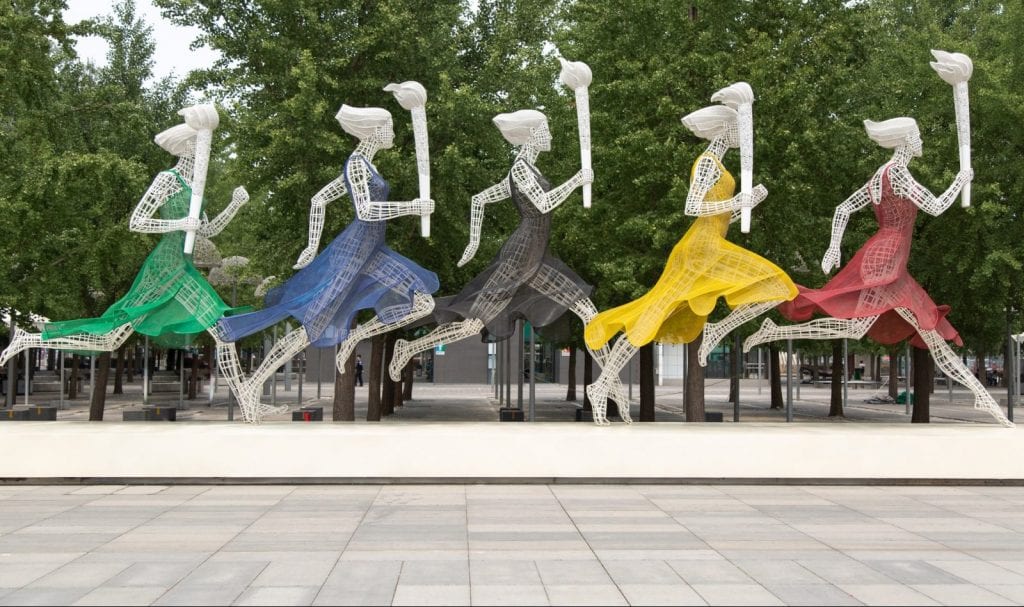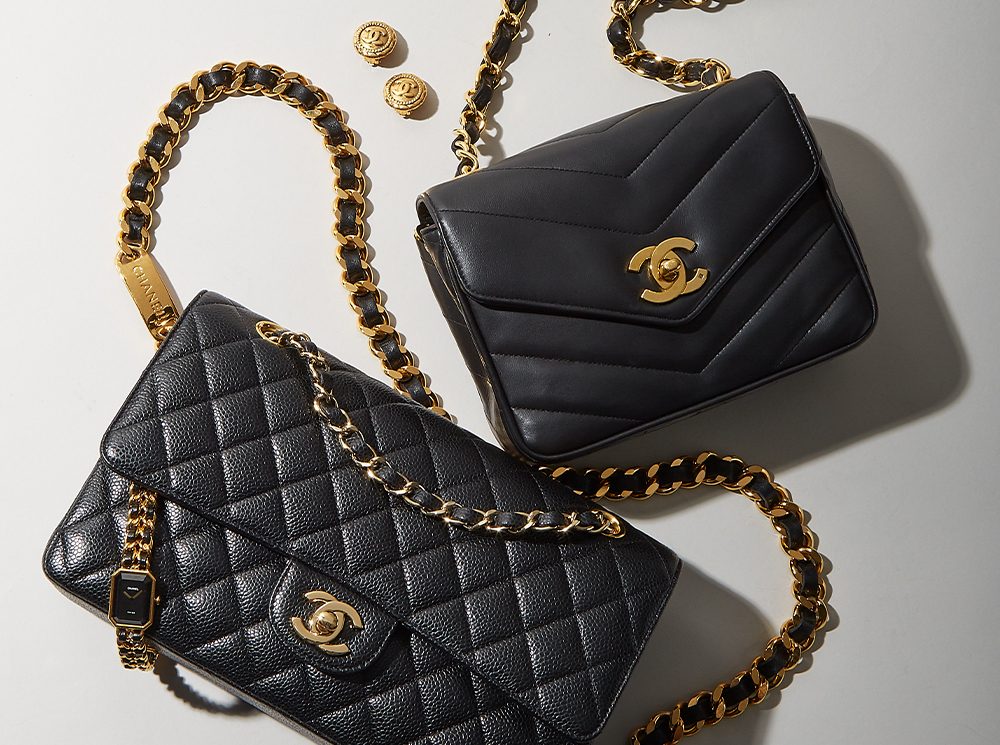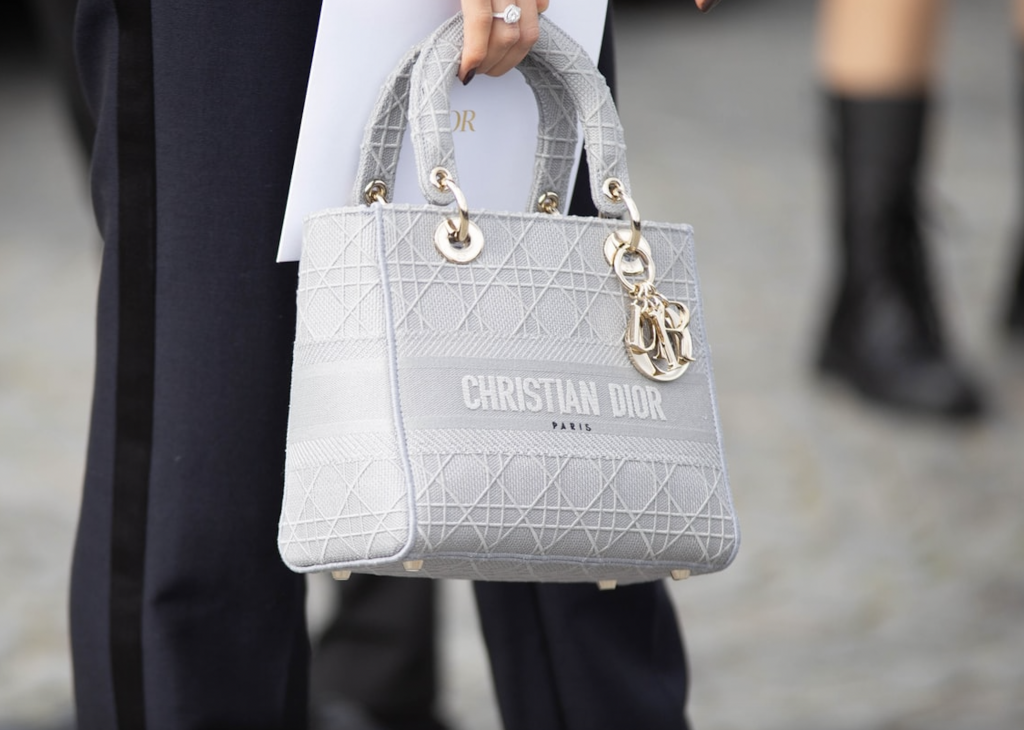In the midst of global expansion and a simultaneous mission to amass trademark rights in jurisdictions around the world for otherwise mundane things like various arrow graphics and quotation marks, as well as stylizations of the word “Off,” Off-White filed a trademark application with the European Union Intellectual Property Office (“EUIPO”) in October 2017. In connection with that application, the Virgil Abloh-owned brand sought to register a logo that features its name for use on an array of goods – from sunglasses and perfumes to jewelry and homewares.
From the outset, the EUIPO was skeptical of the mark (at least in part), and a trademark examiner refused the application for several classes of goods – classes 9 (primarily for eyewear), 14 (jewelry), and 20 (pillows and cushions) – on the basis that the mark is “devoid of any distinctive character” when used on those products, and consists “exclusively of signs or indications which may serve … to designate the kind, quality, quantity, intended purpose … of the goods, or other characteristics of the goods.”
The EUIPO’s refusal prompted Off-White’s legal counsel seek reconsideration from the Board of Appeal, which similarly took issue with the trademark, albeit only in regards to classes 9 and 20. (The board seemingly did not take issue with jewelry in class 14). At the heart of the Board of Appeal’s refusal was its assertion that absent any distinctiveness, consumers were likely to view the “Off-White” mark as referring to the color, and thus, they would not view it as an indication of the source of the goods upon which the mark appeared.
As D. Young & Co. LLP attorney Flora Cook noted in connection with the Board’s decision, while the mark at the heart of the application consists of elements beyond just the “Off-White” name, the Board determined that “the figurative elements of the logo [are] simple and decorative,” and thus, are not likely “to alter the public’s view that [the term] Off-White would describe goods of a certain color.”
In light of a second unfavorable decision, Off-White sought intervention from the EU General Court, which ultimately proved successful. The court asserted in its June decision that the Board of Appeals was correct in finding that the average consumer was likely to view the Off-White name as a reference to a specific white-ish color. However, the General Court did not shoot down the application on descriptiveness grounds, and instead, determined that in order for the mark to be barred from registration on that basis, the color would need to be “inherent to the nature” of – and have a “direct and specific relationship” to – the goods/services listed in the trademark application.
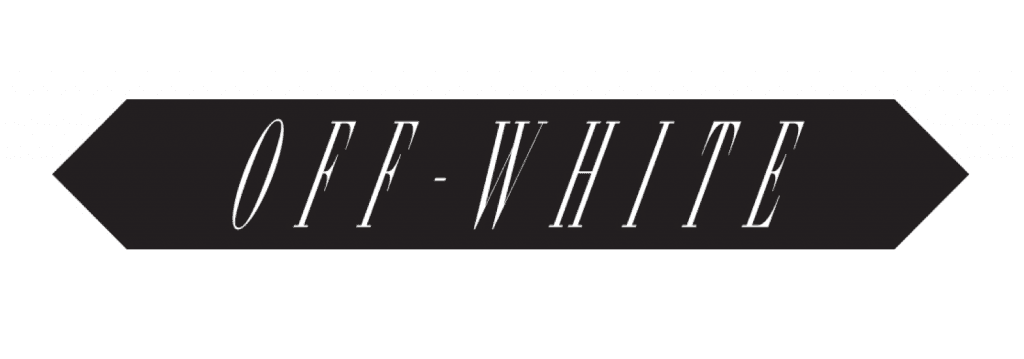
That was not the case here, the court found, rejecting the Board previous determination that “Off-White” has “a sufficiently direct and concrete relationship with the goods in question and was therefore considered to be descriptive.” The goods in question – whether it be eyewear or pillows – would not necessarily be off-white in color, and thus, the use of the color off-white on the goods at issue is “a purely random and incidental aspect which only some of those goods may have and which does not, in any event, have any direct and immediate link with their nature,” according to the court. The court also noted that just because a mark is descriptive does not necessarily mean that is incapable of being distinctive, as those are two separate considerations.
As a result, the court sent the matter back before the EUIPO to complete with registration process.
As of now, the mark is still awaiting registration, but the case is one worth noting, as the General Court’s decision “may be useful to deploy where marks consisting of color names face objection on the basis that they are descriptive of the goods,” according to Cook. She notes while the outcome in the Off-White case could prove favorable for others looking to claim rights in marks that co-opt the names of colors, other instances will, of course, “depend on the specific mark at play, and the nature of the goods/services concerned.”
“If the mark consists of a color name that has a direct and immediate link with the goods in question (for example, ‘silver’ for use on jewelry), then a descriptiveness objection may be well-founded.”
In light of its success with the stylized Off-White logo mark, the company has since filed an application with the EUIPO, in which it is seeking to register “Off-White” on its own on a sweeping number of goods/services in classes 3, 9, 14 and 20, including face masks and face shields. That application is currently pending, and comes as Off-White’s counsel continues to seek – and in some cases, such as the recently-initiated one involving an ice cream chain, enforce – trademark registrations at a relatively aggressive manner, seemingly mirroring the tactics of luxury brands that bank on (and thus, heavily protect) their famous word marks, logos, and monograms.
According to the World Intellectual Property Organization’s records, Off-White has filed more than 200 trademark applications in various jurisdictions in 2020, alone, largely for a crossed arrow design (the one that famously mirrors the Kinneir, Calvert & Associates-designed logo that has been utilized by Glasgow Airport since 1965) and various stylizations of the word “Off.” Just upwards of 70 of those applications were filed in the U.S.
*The case is Off-White LLC v European Union Intellectual Property Office (EUIPO), T‑133/19.




